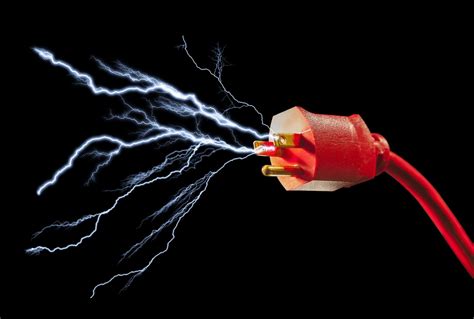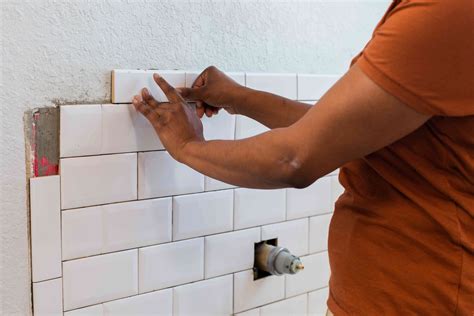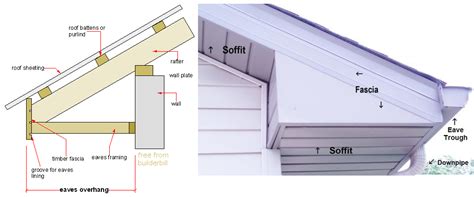
Septic systems play a crucial role in waste management for homes and properties that are not connected to a municipal sewer system. Regular septic tank pumping is a vital maintenance task to keep your system functioning efficiently and avoid costly repairs. In this comprehensive guide, we’ll explore how septic systems work, the importance of septic tank pumping, and essential tips for maintaining your septic system.
How Septic System Works
A septic system is an underground wastewater treatment system consisting of a septic tank and a drainfield. Here’s a brief overview of how it works:
1. Wastewater from toilets, sinks, showers, and other plumbing fixtures flows into the septic tank.
2. Solid waste settles at the bottom of the tank, while lighter materials like grease and oil float to the top.
3. Bacteria inside the tank break down the organic matter, converting it into sludge.
4. The partially treated effluent flows from the tank into the drainfield, where it undergoes further filtration and absorption into the soil.
Anatomy of a Septic Tank
A septic tank is a watertight container typically made of concrete, fiberglass, or plastic. It consists of the following components:
1. Inlet pipe: Wastewater enters the tank through the inlet pipe.
2. Outlet pipe: Partially treated effluent exits the tank through the outlet pipe.
3. Baffles: These partitions prevent the scum layer and solid waste from flowing out of the tank.
4. Sludge layer: Heavy solids settle at the bottom of the tank, forming the sludge layer.
5. Scum layer: Lighter materials float to the top, creating the scum layer.
When to Have Your Septic Tank Pumped
Regular septic tank pumping is crucial to prevent system failure and costly repairs. The frequency of pumping depends on several factors, including:
1. Household size: Larger households tend to produce more wastewater, requiring more frequent pumping.
2. Tank size: Smaller tanks may require more frequent pumping than larger ones.
3. Water usage: Excessive water usage can lead to faster tank filling and the need for more frequent pumping.
As a general guideline, it is recommended to have your septic tank pumped every 3-5 years. However, it’s essential to consult a professional to determine the optimal pumping frequency for your specific system.
How a Septic Tank Is Pumped
Pumping a septic tank involves the following steps:
1. A professional septic service provider locates and exposes the tank’s access lids.
2. Using specialized equipment, they pump out the accumulated sludge and scum from the tank.
3. The waste is transported to an approved facility for proper disposal.
4. After pumping, the technician may inspect the tank for signs of damage or issues that require attention.
Tips for Maintaining Your Septic System
Maintaining your septic system properly can extend its lifespan and prevent costly problems. Here are some essential tips:
1. Be mindful of water usage: Conserve water and spread out heavy water usage activities to avoid overwhelming the
system.
2. Don’t flush non-biodegradable items: Avoid flushing items like wipes, sanitary products, and chemicals that can clog the system.
3. Avoid excessive use of household cleaners: Harsh chemicals can disrupt the natural balance of bacteria in the tank.
4. Schedule regular inspections: Have your septic system inspected by a professional regularly to detect any potential issues early.
5. Follow pumping schedule: Adhere to the recommended pumping frequency to prevent system overload and backups.
By following these tips and investing in regular septic tank pumping, you can ensure the longevity and optimal performance of your septic system, saving you time, money, and potential headaches in the long run.
Frequently Asked Questions (FAQ) About Septic Tank Pumping
1. How do I know if my septic tank needs pumping?
Several signs indicate that your septic tank may need pumping:
- Slow draining sinks, toilets, or showers
- Foul odors coming from drains or the yard
- Puddles or soggy areas near the drainfield
- Gurgling sounds in plumbing fixtures
- Backup of sewage into toilets or drains
If you notice any of these signs, it’s essential to contact a septic professional to assess your tank and recommend pumping if necessary.
2. Can I pump my septic tank myself?
Septic tank pumping requires specialized equipment and knowledge. It is strongly recommended to hire a professional septic service provider to pump your septic tank. They have the necessary equipment, experience, and expertise to safely and effectively pump and dispose of the waste.
3. How often should I have my septic tank inspected?
Regular inspections are crucial for identifying potential issues before they become major problems. It is recommended to have your septic tank inspected by a professional at least once every three years. However, if your household has a larger number of occupants or you notice any signs of septic system problems, more frequent inspections may be necessary.
An experienced septic professional can assess the condition of your tank, check for leaks, measure sludge and scum levels, and provide recommendations for maintenance and pumping.
Remember, proper maintenance and timely pumping of your septic tank are essential for the longevity and functionality of your septic system. If you have any further questions or concerns about septic tank pumping, consult a professional septic service provider for personalized guidance.






